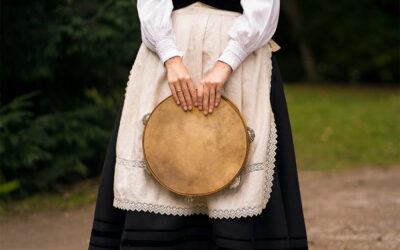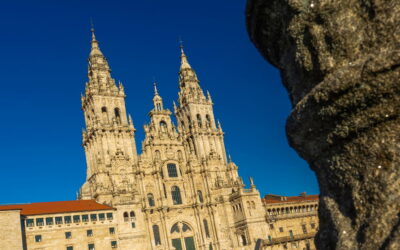visit
lugo
This city is closely linked to the ancient Roman Empire and preserves many monuments that anyone should visit.
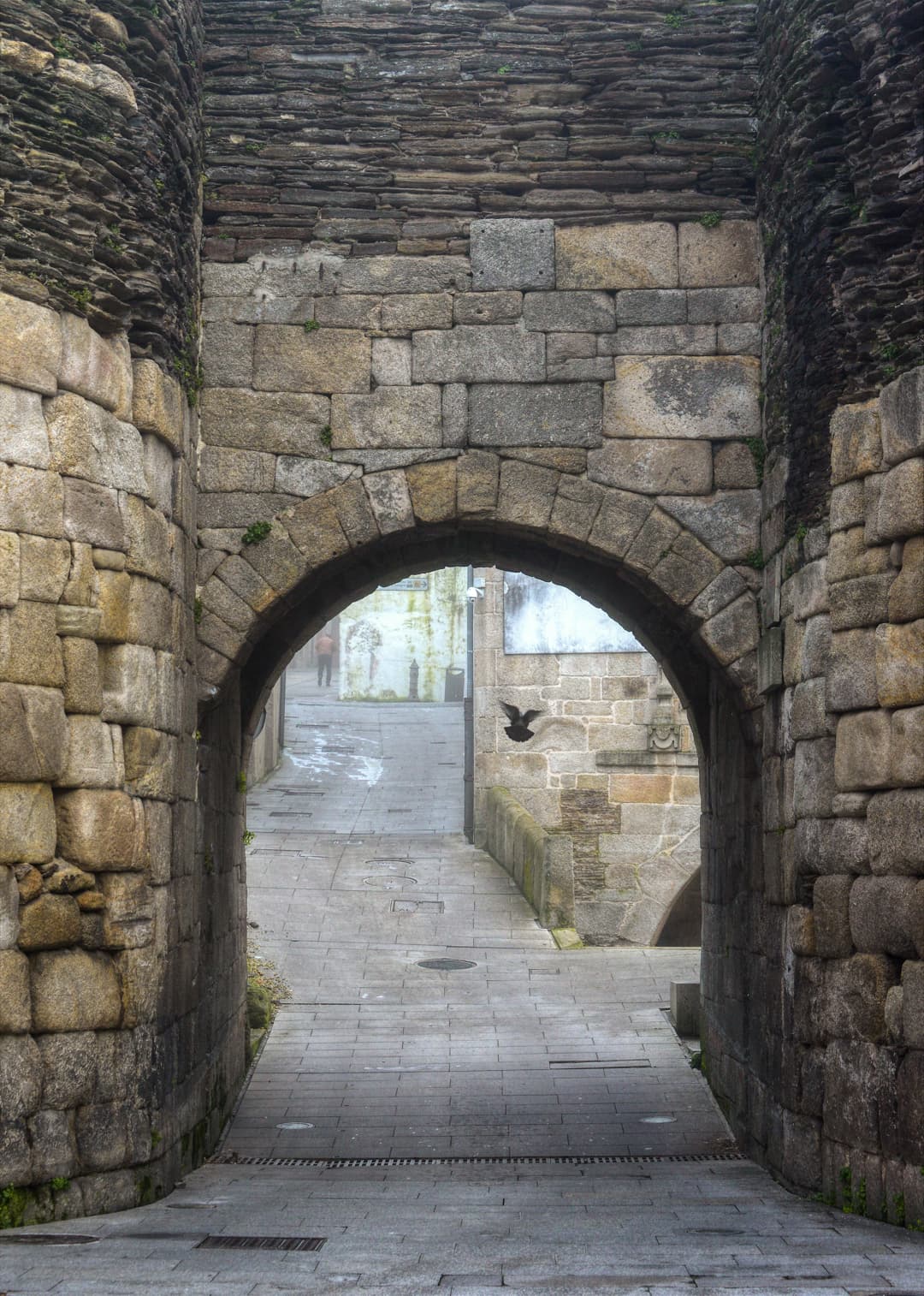
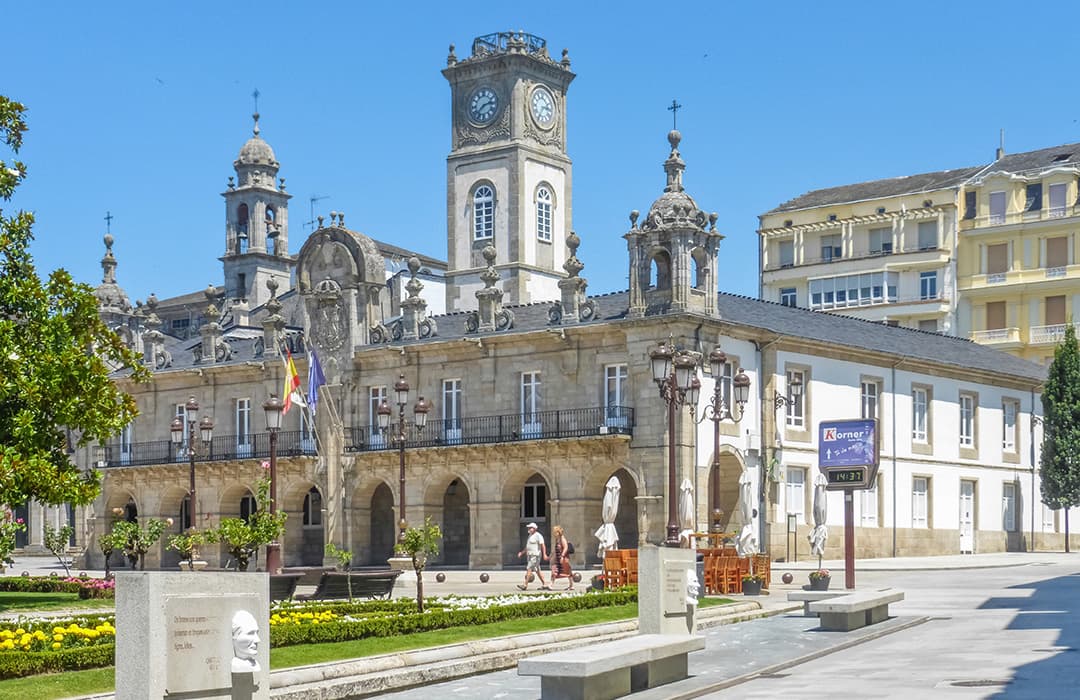
“Consistorial House of the City of Lugo edited” by D.Rovchak is licensed under CC BY-SA 4.0.
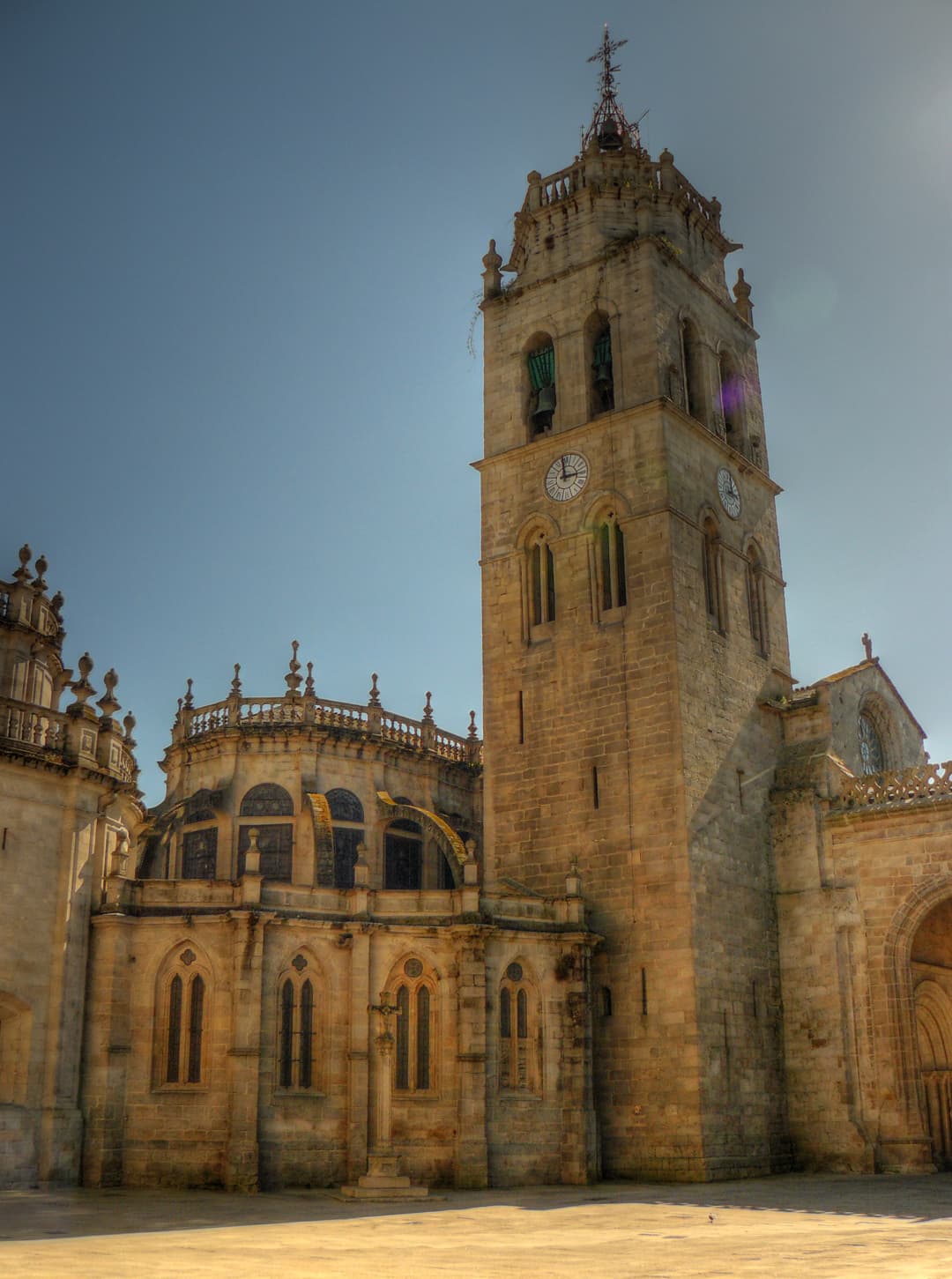
“File:Lugo Cathedral 3.jpg” by Cristina is licensed under CC BY 2.0.
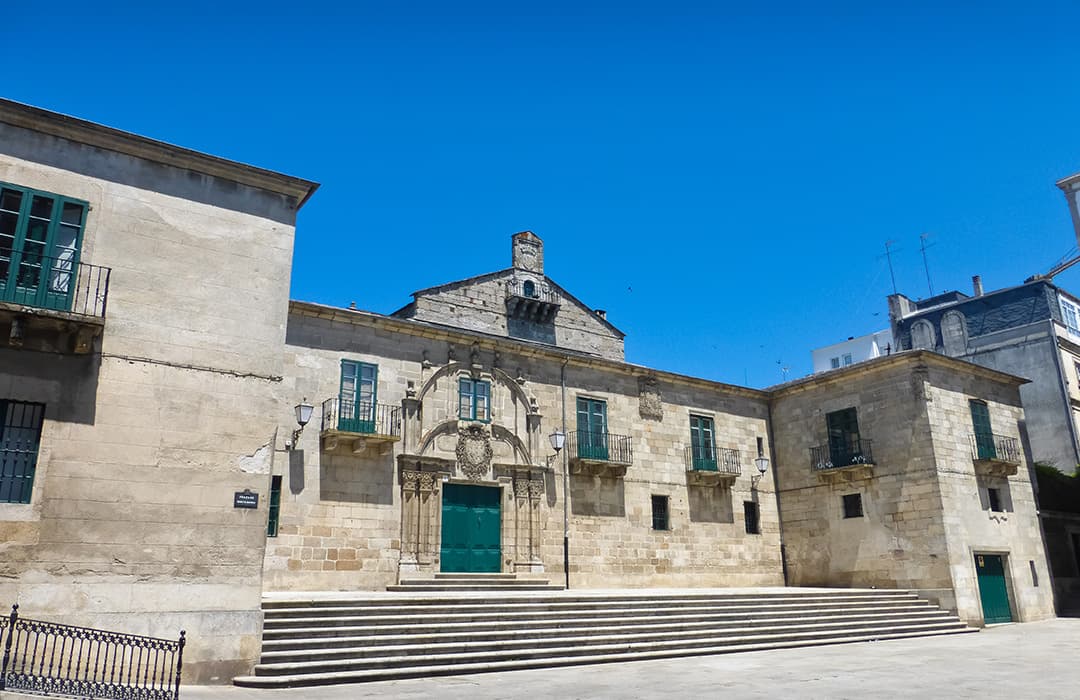
“File:Conjunto Histórico de la Ciudad de Lugo, Bispado.jpg” by D.Rovchak is licensed under CC BY-SA 4.0.
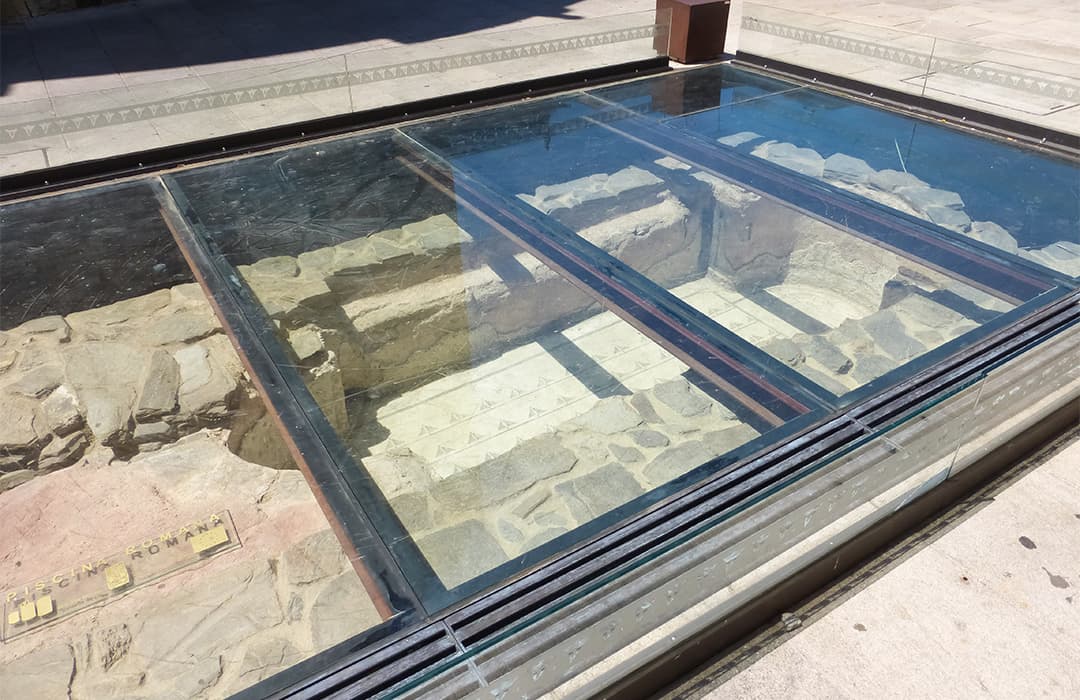
“File:Conjunto Histórico de la Ciudad de Lugo, restos de la ciudad antigua.jpg” by D.Rovchak is licensed under CC BY-SA 4.0.
Lugo, the walled city
Lugo is a city located in the northwest of Galicia, capital of the province of the same name. It is a place with a great Roman past and the oldest city in the Autonomous Community. In fact, its Great Wall is the most outstanding tourist attraction and has been declared a World Heritage Site.
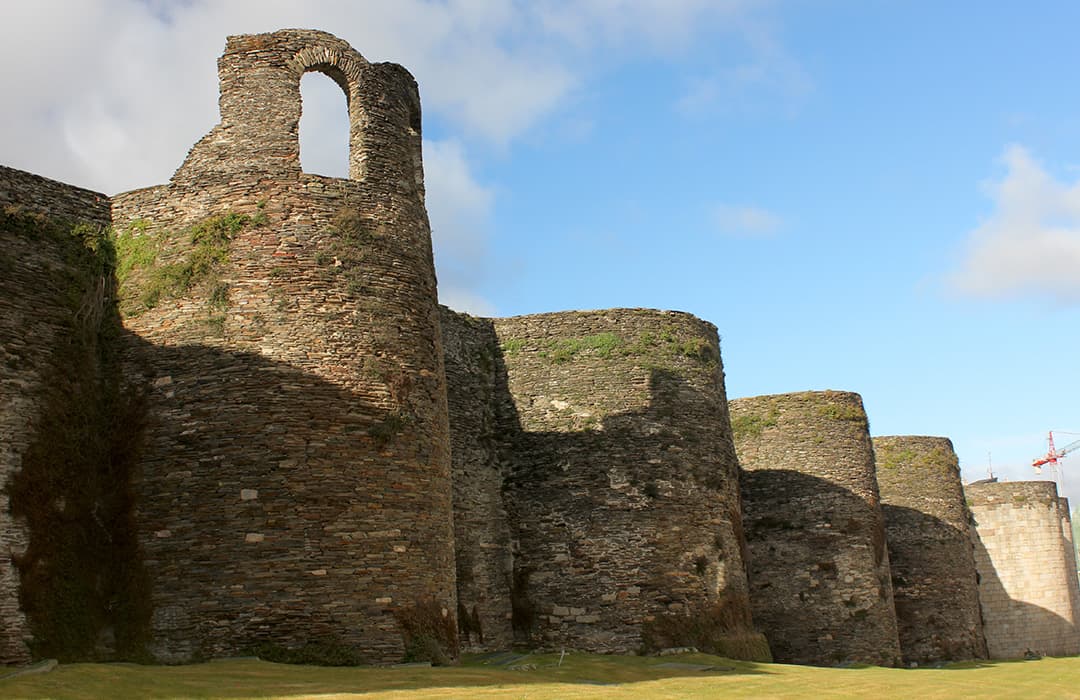
“Wall of Lugo – 03” by Tapetum is licensed under CC BY-SA 2.0.
A glimpse of its history
The history of Lugo began with the Roman Empire, when one of its armies established a military camp on high ground near the Miño River around 25 B.C., probably on an ancient castro. Later, Paulus Fabius Maximus, legate of the emperor Octavian Augustus, founded the city Lucus Augusti in this place. Three foundational monoliths of the city are still preserved.
From the year 50, it began to grow little by little, until it became a key point and an important urban center, representative of the culture and way of life of the Romans. This has been reflected in the numerous archaeological finds that have revealed temples, pools, baths and mosaics. In fact, Lugo was one of the main cities of the northwest peninsular, which together with Braga and Astorga, are the three capitals of their respective juridical convents.
Between 260 and 325 the Roman wall was built, the only one in the world that preserves its perimeter intact and declared a World Heritage Site by UNESCO in 2000. Its main function was to defend the site from attacks by barbarian tribes.
The coming of the Middle Ages and the consequent fall of the Empire brought many changes. After being conquered by the Suevi in 460, the city became the metropolitan seat of the Council of Lugo and an important religious center with several bishops.
As the Visigothic Hispania advanced, it lost its importance, especially after the foundation of Oviedo and the rise of Santiago de Compostela.
In the year 714, the Muslims arrived in Lugo and conquered it. But less than thirty years later, in 741, King Alfonso I occupied it and ordered its reconstruction. During this period, the Roman city was transformed into an ecclesiastical center, marking the beginning of its role as a historical nucleus.
In the Modern Age, Lugo was booming. After the division of Spain into provinces in 1833 and the designation of the city as provincial capital, it experienced a constant growth in population and extension.
One of the key events in the town’s history was the arrival of the railroad in 1875, as it became the main cattle trading center on the peninsula. The San Froilán fairs also boosted the local economy. During this period, local newspapers were founded, such as El Progreso, which is still active, and significant urban reforms were also carried out.
During the Civil War and the Dictatorship, it lived moments of conflict and political changes. In fact, during the war it suffered several explosions.
In more recent times, Lugo has preserved its history through the restoration of the Roman wall and the conservation of its main monuments, such as the Cathedral.
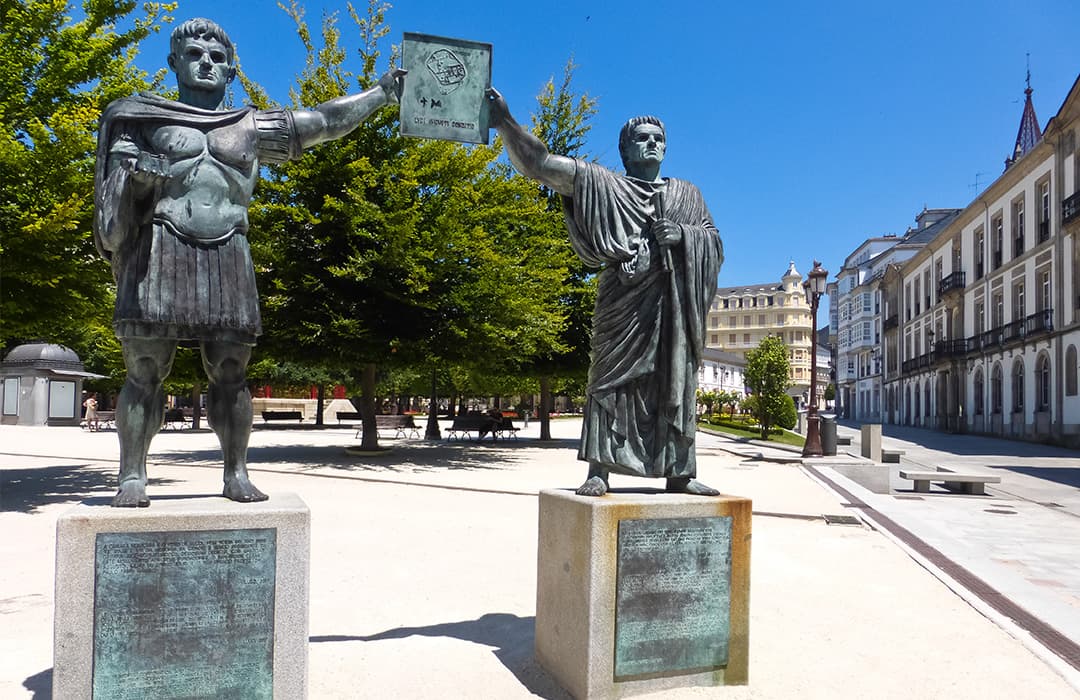
the essentials of lugo
Lugo is the oldest city in Galicia and preserves many monuments and sites from its Roman history. But not only that, it is also home to several modern buildings and squares that any visitor should see.
To make your trip easier, we have compiled this list of the must-see places to visit.
Roman bridge
On the banks of the Miño River is the Roman Bridge of Lugo, built in the time of Lucus Augusti. It is located on the ancient route XIX of the Antonine Itinerary and connected the cities of Bracara Augusta (Braga) and Asturica Augusta (Astorga).
Currently, it is a pedestrian bridge crossed by many pilgrims and pedestrians.
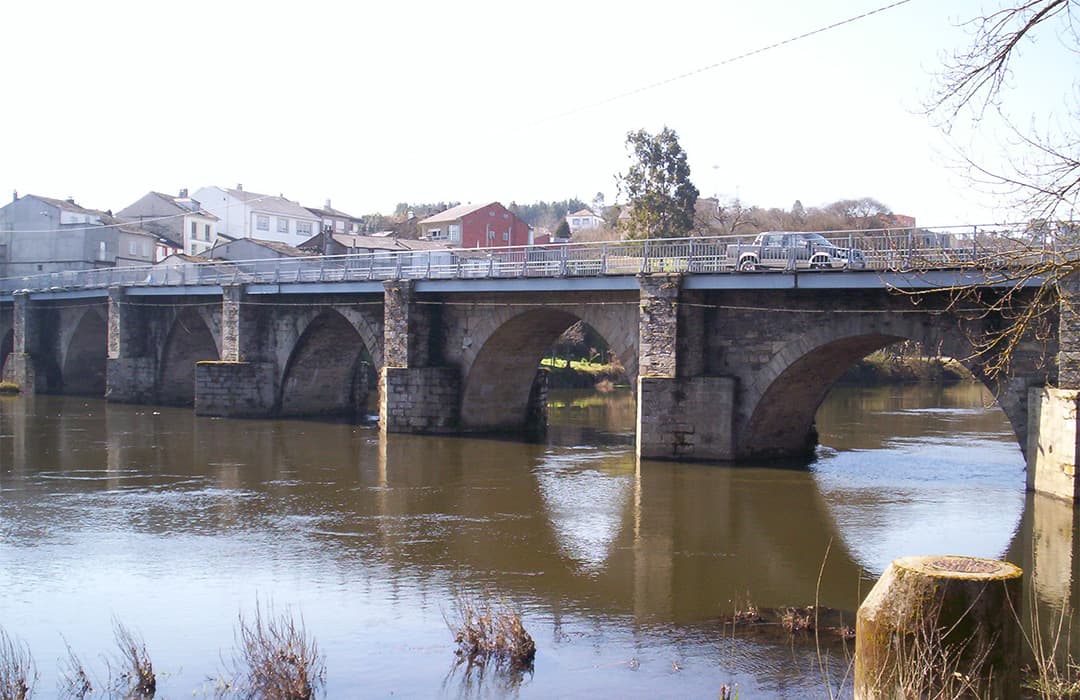
“Ponte Vella de Lugo 2005” by gl:User:Xelo2004 is licensed under CC BY-SA 3.0.
Lugo’s wall: porta miñá
Something that everyone who visits Lugo must do is to cross the ancient Roman wall through one of its gates. The best preserved is the so-called Porta Miñá, built along with 9 others that gave access to the ancient Roman city. This is also the starting point of the so-called Camino Primitivo, a variant of the Camino de Santiago. Camino de Santiago.
You can walk on top of the walls or tour inside them, an unparalleled experience.
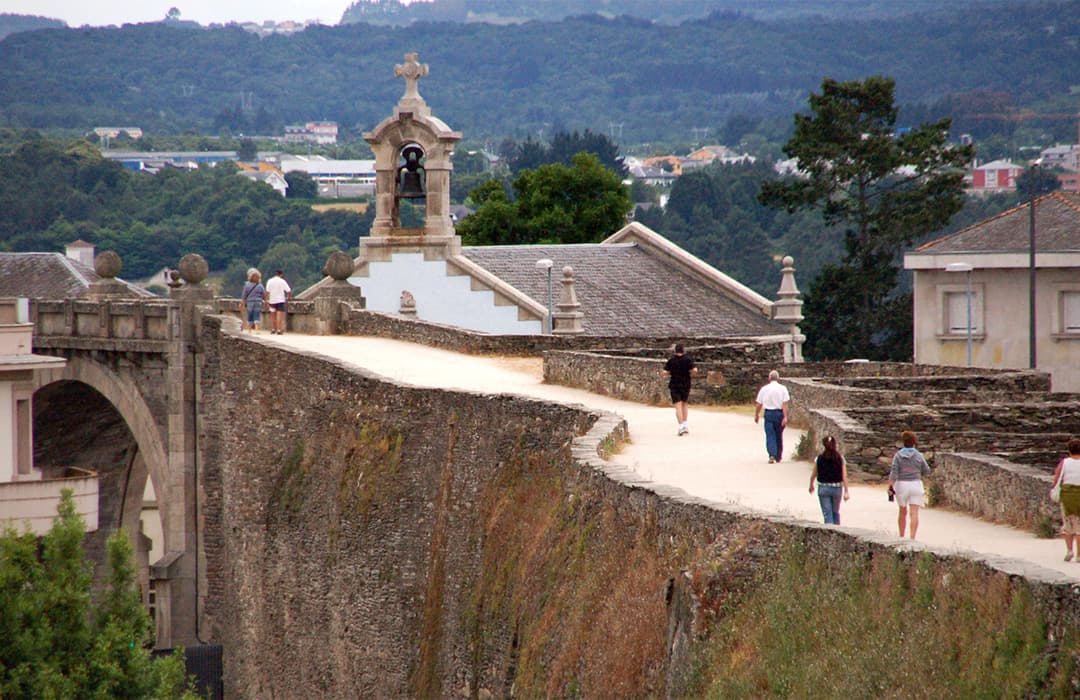
“2008-07-10 Wall of Lugo (Spain)” by Matthias Bethke is licensed under CC BY-SA 4.0.
cathedral of lugo
The Cathedral of Lugo was built between 1129 and 1273, over an old church. It belongs to the Romanesque style and one of the most striking details is its interior, specifically the altar for ceremonies.
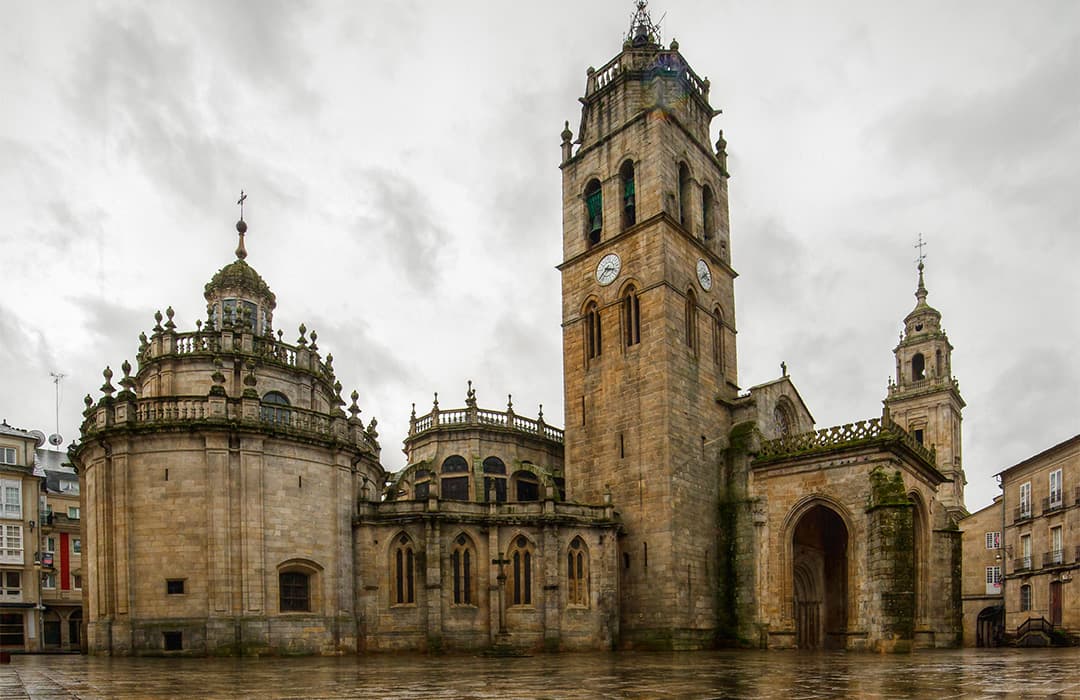
house of mosaics
The Casa de los Mosaicos is an ancient Roman house from the end of the 3rd century. It is also known as the Domus del Mitreo and was discovered in 2000. What stands out the most are the geometric mosaics that are located on the floor of several of its rooms.
Undoubtedly, an experience that allows us to imagine how the Romans lived thousands of years ago.
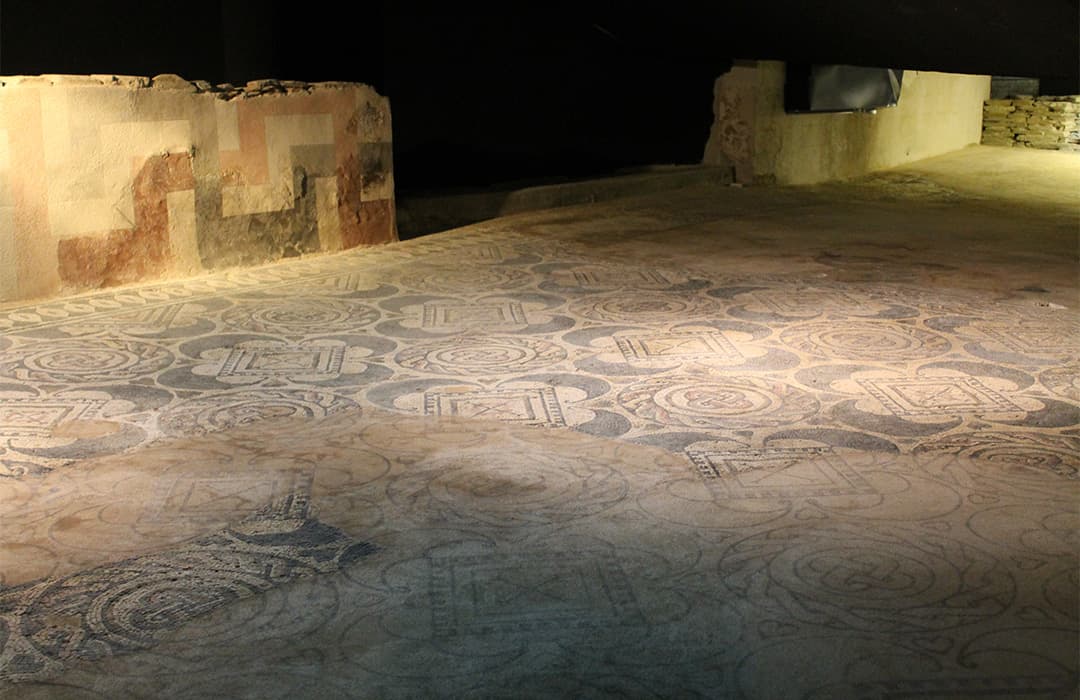
“Lugo” by viatorimperi is licensed under CC BY-SA 2.0.
main square
The Plaza Mayor is one of the busiest places in Lugo. Formerly, it hosted a market during medieval times. Now, it is the heart of the old part of the city and the seat of the City Hall, an impressive baroque building.
Around it there are numerous terraces and restaurants where you can eat and drink, as well as beautiful gardens where you can relax.

“Lugo City Council” by FreeCat is licensed under CC BY 2.0.
provincial museum of lugo
The former Convent of San Francisco is now the headquarters of the Provincial Museum of Lugo. In it, they have an interesting tour of the history of the city, from prehistoric times to the present.
It has a rear space in which there are sculptures and art installations inspired by the wall.
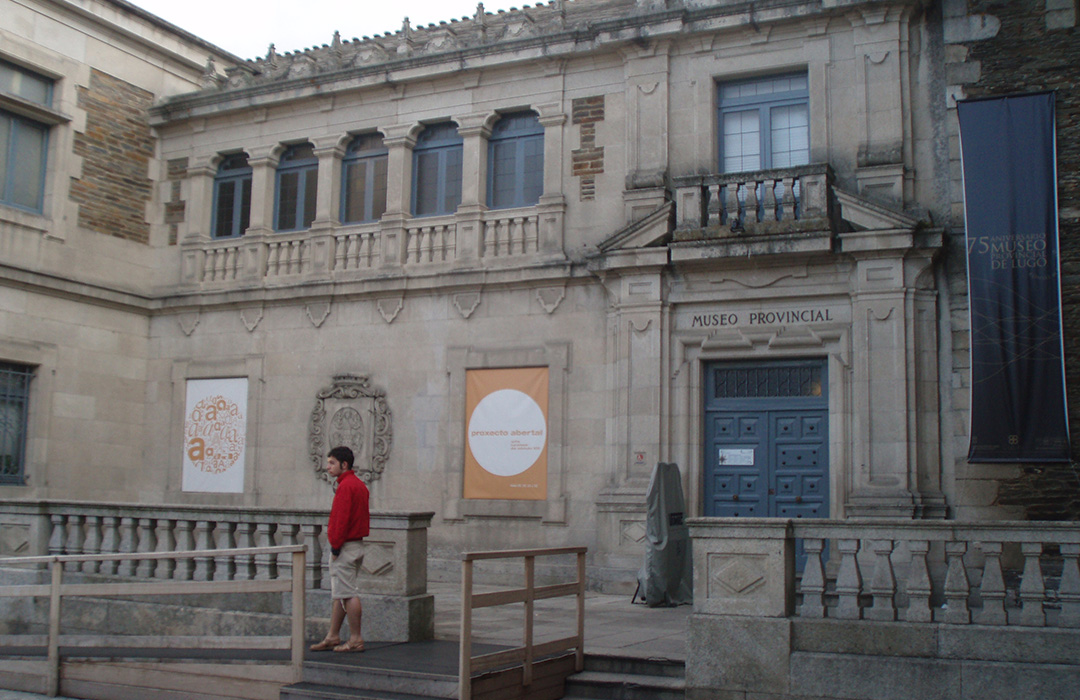
o vello cárcere
At one of the exits of the historic center of the city is the O Vello Cárcere de Lugo, the former prison of the city that has now been converted into a cultural center.
It has more than 130 years of history, since during the XVIII and XIX centuries it was the main jail of the city. It still retains its original structure, with a semicircular floor plan in which the cells were located.
Today, the old prison hosts numerous exhibitions, concerts, activities…
gastronomy and leisure
In addition to its monuments, Lugo is also known for its delicious gastronomy. Among its most typical dishes are Galician broth, pork shoulder with turnip greens, tripe with chickpeas or empanada.
Cheese is also a characteristic food of this region. Highlights include cheesecake, a dessert based on soft and creamy cheese, San Simón cheese, a smoked variety that tastes nutty, or Cebreiro cheese, creamy and made from raw cow’s milk.

events and festivals
The most important festivals and events in the city are the Arde Lucus, the festivities of San Froilán, the Offering of the Kingdom of Galicia to the Blessed Sacrament and Holy Week.
arde lucus
The Arde Lucus is a festival that is celebrated every year during the month of June. During this time, the city returns to its Roman past and is filled with shows, markets and other activities that fill the streets of Lugo with life.
saint froilan festivities
The patron saint festivities of San Froilán are held in early October. In the past, it was just a traditional livestock market that has evolved over the years into a popular celebration with activities for all audiences.
During these days, the streets are filled with entertainment, shows, a livestock market, barracas and octopus stands.
Offering of the Kingdom of Galicia to the Blessed Sacrament
The Cathedral of Lugo holds the privilege of exhibiting the Blessed Sacrament. For this reason, once a year, on the Sunday following Corpus Christi, the mayors of the cities of Galicia that were provincial capitals of the ancient Kingdom of Galicia, pay homage at a meeting.
holy week of lugo
The Holy Week of Lugo is one of the oldest in the Autonomous Community. In fact, it has been held continuously since the Middle Ages. For this reason, it has great artistic value and is an austere celebration that everyone should witness at least once.
News
The ‘Día das Letras Galegas 2025’ pays tribute to its popular songbook
On May 17, 2025, Galicia will celebrate the Día das Letras Galegas with a special tribute to popular oral poetry and to the women who, over generations, have been its main guardians and transmitters: the cantareiras.
Walking the Camino de Santiago with your dog
There are many pilgrims who decide to do the Camino de Santiago with their dogs to strengthen the bond between owner and pet, enjoy nature and live the spirituality of the...
What to do this April in Santiago
April is here, a perfect month to enjoy the spring and the great cultural offer of Compostela. As always, we have prepared a list of events for you to know what to do this April in Santiago.





